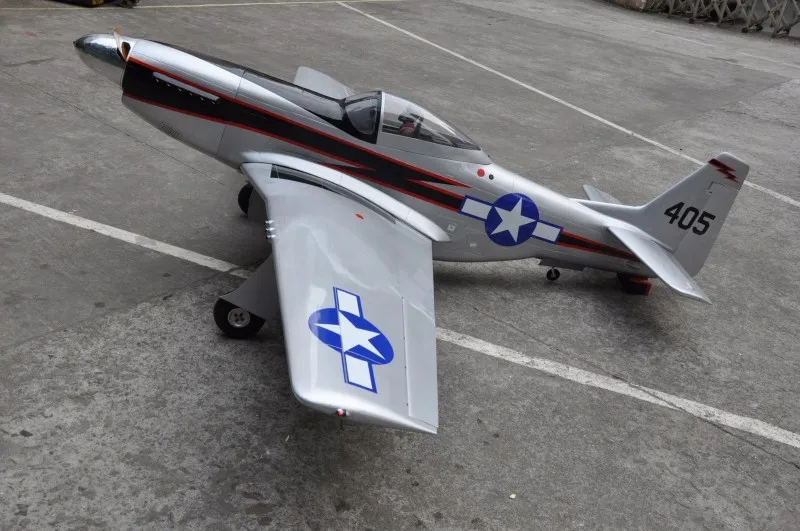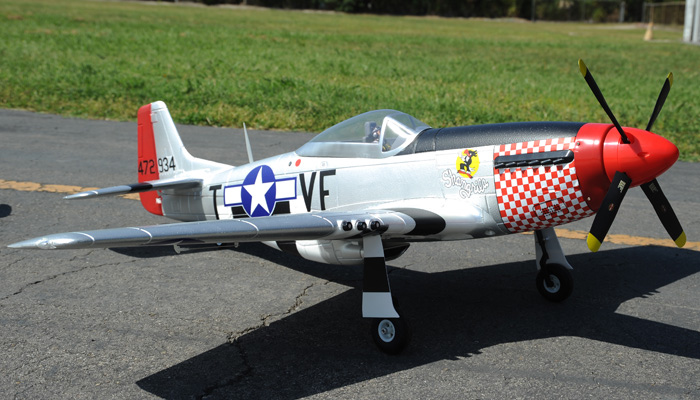
Staying centered is no overly simple task the P-51D’s Rolls-Royce Merlin engine and Hamilton Standard four-blade propeller develop a lot of torque. It is, in fact, eased into at a somewhat conservative pace using a good mix of experience, book learning, and common sense. Too much torque can be a dangerous thing when airspeed and lift are marginal, so max power (approximately 40 inches of mercury at 3,000 rpm) isn’t applied at the very beginning of the takeoff roll.


At that point, the mission objective becomes simply keeping the airplane on the centerline while it accelerates to takeoff speed.ĭuring acceleration, engine power is metered out in measured quantities. Once a little forward stick is applied (which, incidentally, also unlocks the tailwheel from the rudder) and the tail lifts, the view forward is excellent. Because the tailwheel is still on the runway, all Mustang (and taildragger) pilots must momentarily compensate by developing a peripheral sense of where the airplane is heading. During the first few seconds following brake release, the pilot has no direct forward view.

If you’ve ever put the pedal to the metal in a high-dollar sports car, no further explanation is required. Acceleration in a North American P-51D is rapid and seriously forceful.Īcceleration in a North American P-51D is rapid and seriously forceful.


 0 kommentar(er)
0 kommentar(er)
